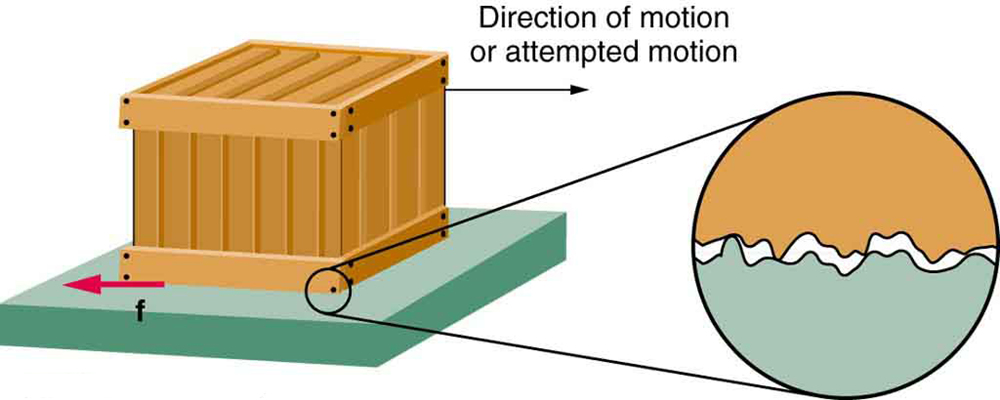What is Friction?
What are the forces of static and kinetic friction?
Now, if you park on a hill that is too steep, or if you are being pushed backward by a Sumo wrestler you’re probably going to start sliding. Even though the two surfaces are sliding past each other, there can still be a frictional force between the surfaces, but this sliding friction we call a kinetic frictional force. This force of kinetic friction F_kFkF, start subscript, k, end subscript always opposes the sliding motion and tries to reduce the speed at which the surfaces slide across each other. For example, a person sliding into second base during a baseball game is using the force of kinetic friction to slow down. If there were no kinetic friction, the baseball player would just continue sliding (yes, this would make stealing bases in baseball difficult).


